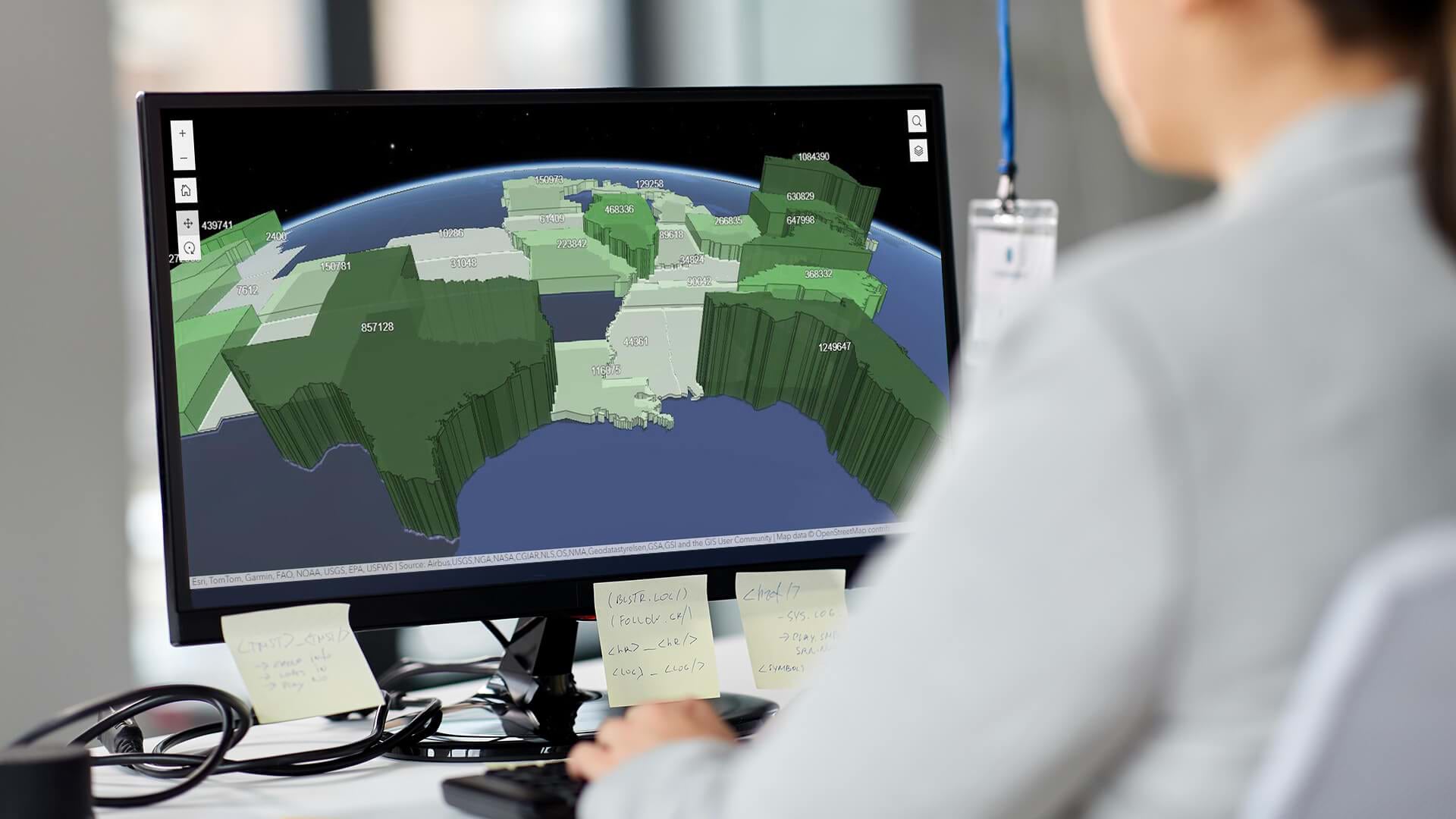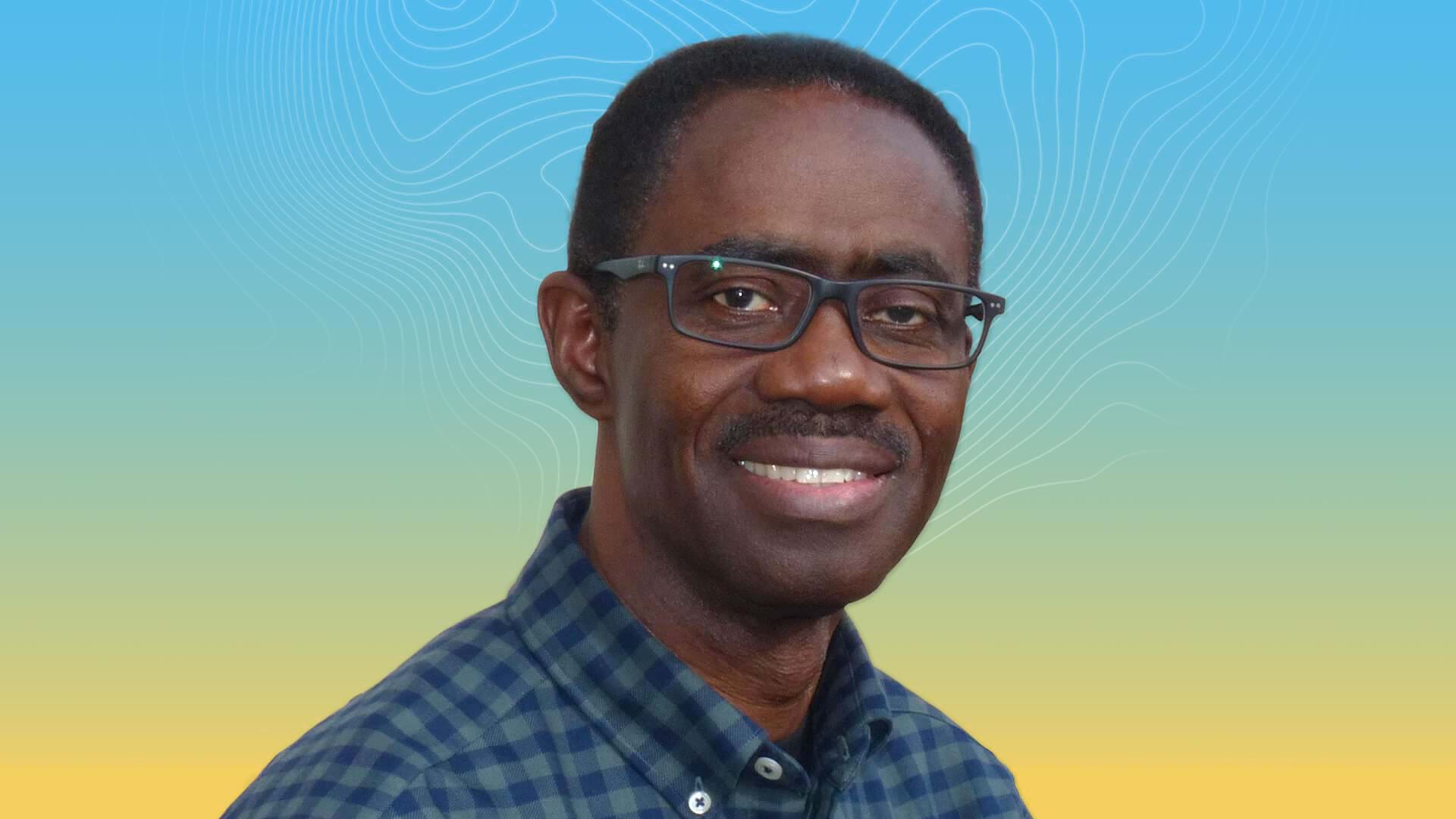Samantha Morrell, an agronomist with Molson Coors, and McKenzy MacKay, a financial planner at Extra Space Storage, would appear to have little overlap professionally.
Both work with data, but they hail from different backgrounds, work in different industries and roles, and tackle divergent business problems.
Yet they do share one major point in common: Both saw an opportunity to spur growth and innovation at their organizations and in their own careers by learning geographic information system (GIS) technology.
As Morrell and MacKay discussed in a recent WhereNext webcast, they are among a growing cohort of professionals who have amplified their corporate impact by adding spatial skills to their repertoires.
Morrell helps connect the enterprise to the field at Molson Coors, which relies on grains to make beverages like beer and barley milk. GIS has helped her map more precise crop data and produce more accurate predictions about grain yields that aid executive decision-making at the Fortune 500 company. That information also helps the company’s sustainability team achieve goals like reduced water use.
At Utah-based Extra Space Storage, MacKay works on financial planning and analysis for one of the country’s largest operators of self-storage facilities. Using location technology, she has improved the real estate team’s site suitability studies and helped the marketing team analyze customer demographics more effectively. She recently performed an analysis to help the revenue management team set prices so that stores in a shared area don’t cannibalize each other’s sales, a common retail challenge.
As companies awaken to the value of location intelligence, or insights generated by GIS, many professionals are finding they can drive improvement at their organizations through the power of maps.
“You really have the ability to make an impact to the business, to the bottom line,” says Marilyn Howe, another guest of the webcast who employs GIS skills in the world of banking. “You see your analytics . . . played out in the real world.”
Business Needs, Location-Based Solutions
Both Morrell and MacKay were already well-versed in the goals and strategies of their companies before their paths crossed with GIS. Knowing their business operations as well as they did helped them quickly grasp the utility of understanding data geographically.
For MacKay, the journey to incorporating location intelligence into her work began with a narrow use case: applying GIS to the budget forecasting process. Before long, she was collaborating with colleagues on GIS applications for real estate, marketing, and even the security team, who use location data for facility security.
“It’s been fun to add more of that strategic part using GIS, because at the end of the day, we’re more a location-based business than anything,” MacKay says.
Adding Value Through Spatial Knowledge
With location insight gained from data collected in the field, Morrell empowers multiple stakeholders: company leaders, growers, and sustainability managers. Based on her analysis of yields and projected production needs, upper management can decide if they need to contract more barley for the upcoming year.
Data on yields, water, and nitrogen help the sustainability team track efforts to reduce environmental impacts. Morrell also communicates with growers on how their results compare with other farms in the area, offering suggestions like how to get better crops with less nitrogen or different planting rates.
Seeing the difference that location technology can make led Morrell to enroll in a master’s program in GIS and sustainability. For her, the value was clear: “Why not put my focus there and drive that knowledge and bring it back to the company and benefit everyone?”
The Esri Brief
Trending insights from WhereNext and other leading publicationsTrending articles

December 5, 2024 |

July 25, 2023 |
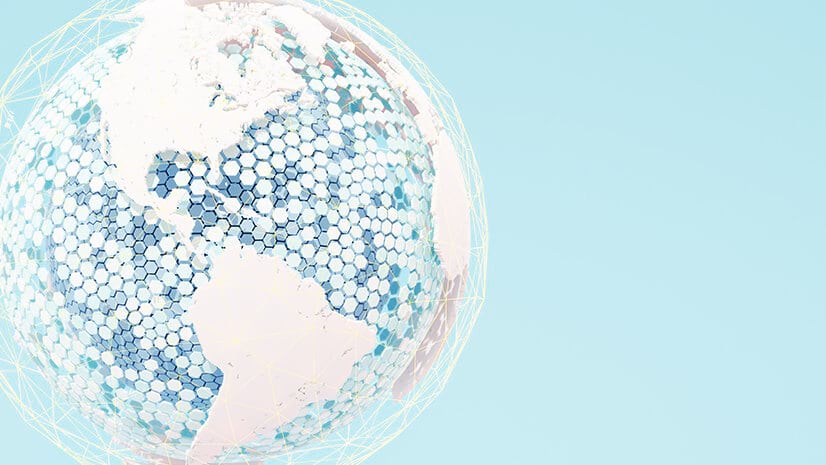
April 29, 2025 |
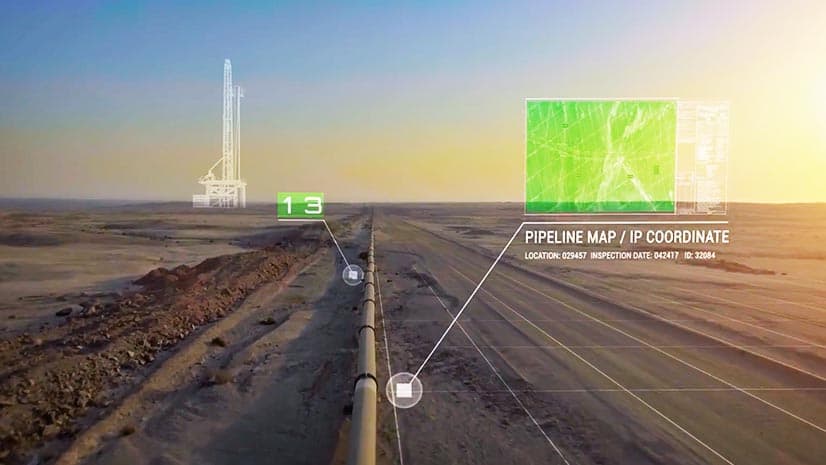
November 12, 2018 |
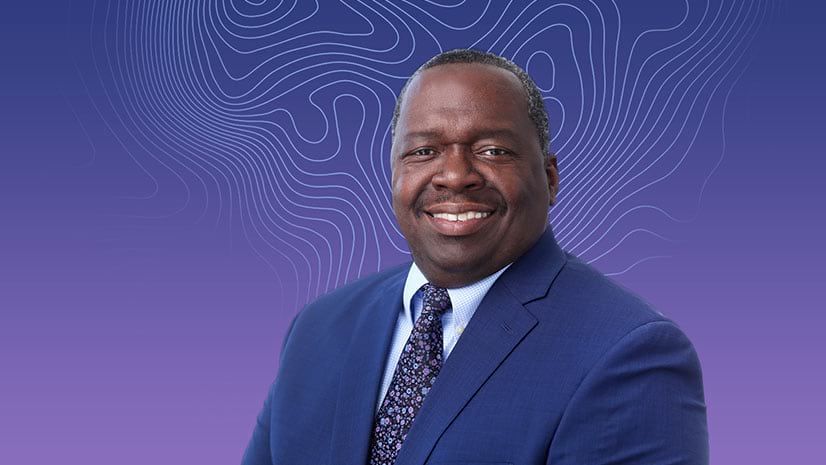
February 1, 2022 |
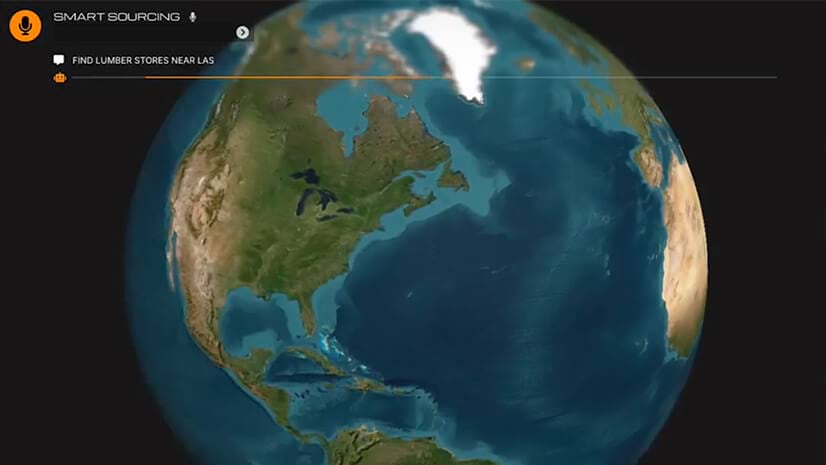
April 1, 2025 |
